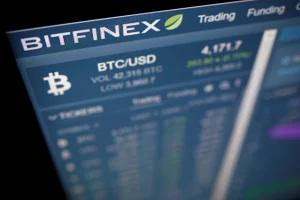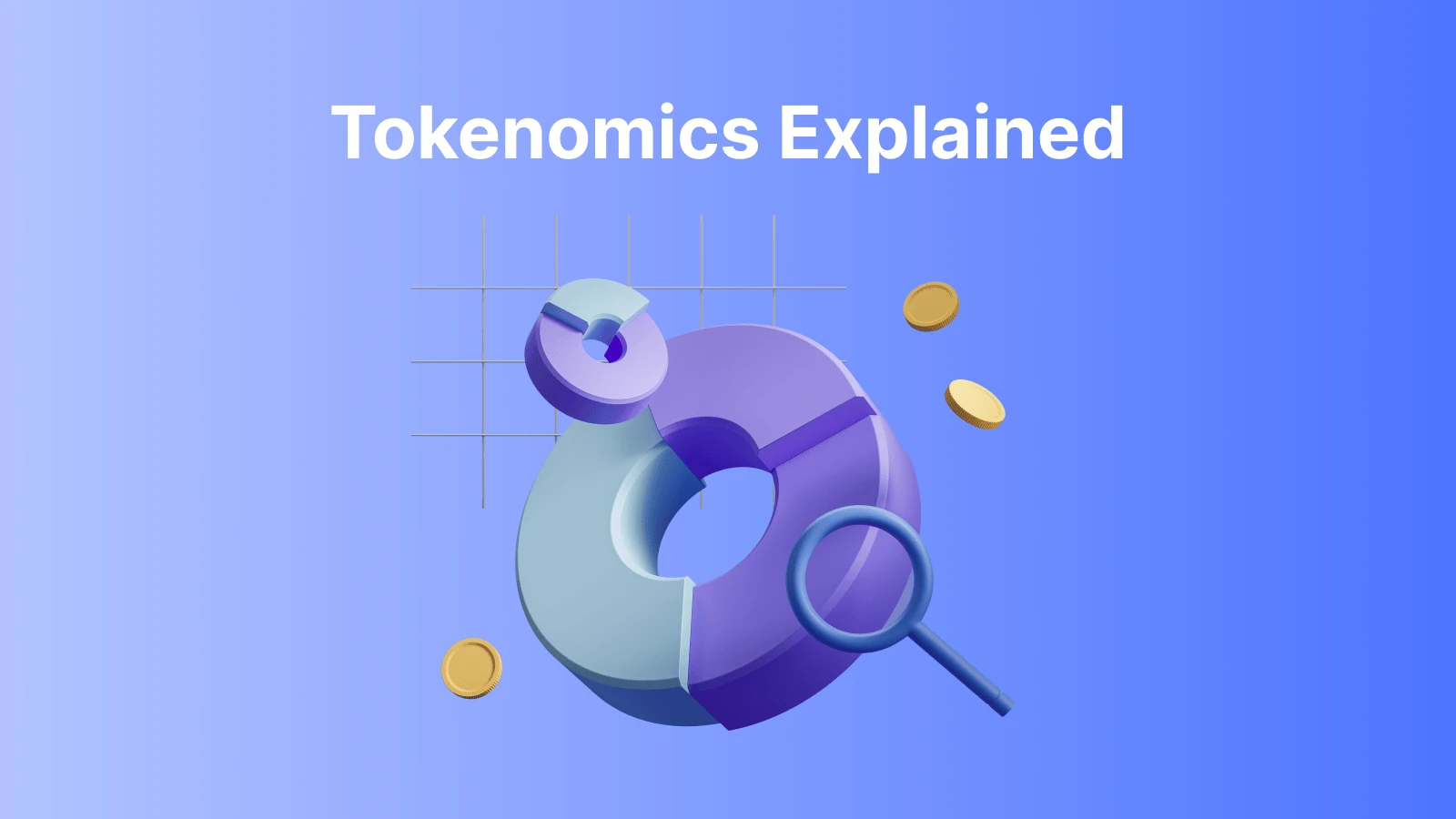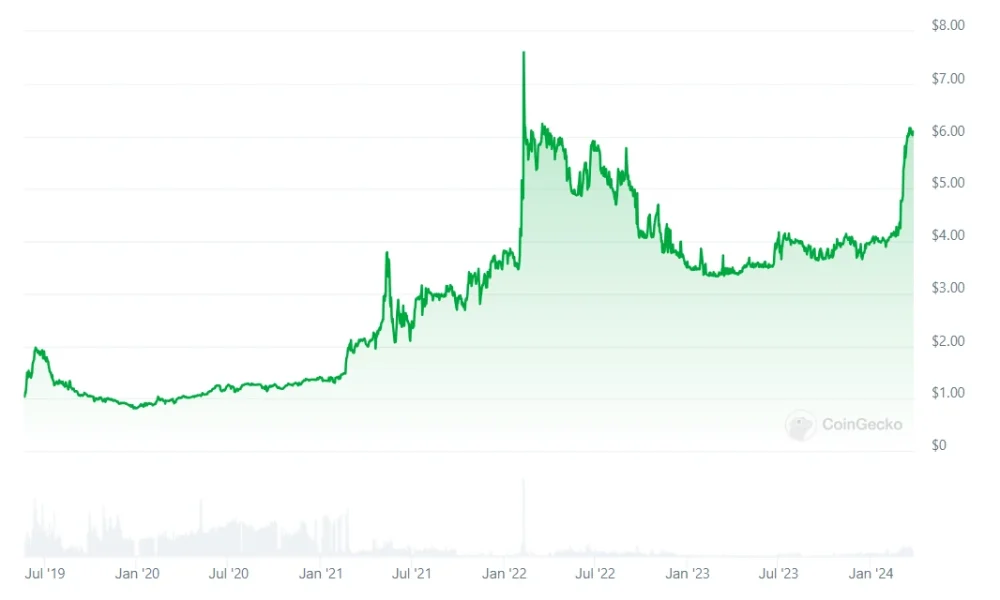Introduction
Indeed, during exploring the world of cryptocurrency, the LEO token, traded at around $6 as of the latest update, caught my interest.
Ranked as 25th with market cap of over $5,6 billion, the LEO coin, also known as UNUS SED LEO. Another thing is, that it is a pivotal utility token for the Bitfinex exchange and its affiliated trading platforms.
In this comprehensive review, I will write about the utility and benefits the LEO token brings to traders like me.
I’m eager to explore its tokenomics, distribution strategies, and the finally unique buyback and burn mechanism that sets it apart.
My aim is to compare it with other exchange tokens, first of all. Then, switch to future prospects and potential impact on the Bitfinex platform.
Let’s get start it right here!
Background of LEO Token

Firstly, the LEO token, officially known as UNUS SED LEO, is a cornerstone of the iFinex ecosystem, offering a wide array of utilities across various platforms.
Furthermore, its inception was marked by an ambitious launch in May 2019, orchestrated by Unus Sed Leo Limited, a direct subsidiary of iFinex, which is the parent company of the renowned cryptocurrency exchange, Bitfinex. This launch was not just a strategic move for Bitfinex but a necessary step towards financial recovery and innovation following a series of challenges.
Initial Exchange Offering (IEO)
What’s interesting is, that the LEO token was introduced through an IEO, setting a remarkable precedent by raising $1 billion in a mere 10-day period, in fact! This was achieved by pricing each token at $1, sold on a 1:1 basis for USDT, so showcasing the community’s trust and the project’s potential.
Blockchain Diversity
But wait, unique to LEO token is its dual blockchain compatibility I am explaining straigh away what I mean.
It was initially issued on both the Ethereum and EOS blockchains.
Specifically, 660 million ERC-20 tokens were created on Ethereum, and 340 million EOS-based tokens on the EOS platform. This dual presence not only highlights LEO’s versatility but also its ambition to cater to a broad audience within the cryptocurrency ecosystem.
The name UNUS SED LEO, derived from the Latin phrase in Aesop’s fable “The Sow and the Lioness”, first of all. Overall, symbolizes uniqueness and ambition, reflecting the token’s mission and the resilience of Bitfinex.
Despite facing adversities, such as the partial government seizure of assets in 2018 and a significant hacking event in 2016, LEO has shown remarkable growth, reaching an all-time high of $8.04 in 2022.
Its journey through a bear cycle and eventual stabilization at $3.50 demonstrates not only its resilience… But also the enduring confidence of its holders.
LEO Token’s Utility

Actually, exploring the utility and benefits of the LEO token reveals a structured incentive system designed to enhance the trading experience for its holders within the iFinex ecosystem, so read little bit about it. Key advantages include following:
Fee Reductions
In reality, LEO token holders enjoy a 15% reduction in taker fees for crypto-to-crypto and crypto-to-stablecoin pairs.
A further reduction in lending fees, with financing lenders receiving a 0.05% fee discount for every 10,000 USDt in LEO tokens.
Up to 25% of trading fees can be deducted in LEO, because it optimizing trading costs for token holders.
Exclusive Discounts
Discounts on trading, lending, and exchange fees across iFinex platforms including Bitfinex, Ethfinex, and EOSfinex.
Holders of more than 5,000 USDT equivalent in LEO tokens receive a 10% reduction in taker and lending fees.
Significant withdrawal and deposit fee discounts, up to 25%, with an exemption for users holding over $50 million in LEO tokens from additional fees on withdrawals up to $2 million.
Token Use Case and Accessibility
LEO serves as a discount and marketplace token across all iFinex products, further reducing fees for derivatives trading, and P2P financing lenders benefit from fee discounts based on their LEO token holdings.
The utility of LEO tokens extends to purchasing fee tiers for 30 days, also. Consequently, enhancing the flexibility and financial efficiency for active traders and participants in the iFinex ecosystem.
This structured approach to fee reductions and exclusive discounts not only incentivizes the holding and use of LEO tokens but also underscores its role as the utility heart of the iFinex ecosystem, providing tangible benefits and optimizing trading processes for its users.
Tokenomics LEO Token

Delving into the tokenomics and distribution of the LEO token offers a comprehensive understanding of its financial structure and strategic deployment within the cryptocurrency market. Here’s a detailed breakdown:
Initial Issuance and Blockchain Diversity
Ethereum Blockchain: 660 million ERC-20 tokens
EOS Blockchain: 340 million EOS-based tokens
Total Initial Supply: 1 billion LEO tokens
Token Distribution Strategy
Public Sale: 10% (100 million tokens)
Private Sale: 10% (100 million tokens)
Liquidity & Events: 10% (100 million tokens)
Marketing & Exchange Listings: 10% (100 million tokens), with 5% allocated annually over five years
Team & Advisers: 10% (100 million tokens), with a five-year lock-up and 20% vesting annually
Development & Research: 10% (100 million tokens), with a ten-month lock-up and 0.5% quarterly release
Risk Fund: 40% (400 million tokens), with a 1.5-year lock-up and potential two-year extension
Market Dynamics and Token Stability
Circulating Supply: 928.2 million tokens
Market Cap: $3.5 billion
Volume-to-Market Cap Ratio: 0.03%, indicating low volatility
Buyback and Burn Mechanism: Utilizes 27% of iFinex’s consolidated gross revenues monthly, enhancing token value stability
This structured approach to tokenomics underscores LEO’s strategic planning for distribution, market engagement, and value stability, illustrating its foundational role within the iFinex ecosystem and broader cryptocurrency landscape.
The Buyback and Burn Mechanism
In an innovative approach to enhancing the value of the LEO token, because iFinex has implemented a robust buyback and burn mechanism.
This strategy involves the purchase of LEO tokens from the market, then using a minimum of 27% of iFinex’s consolidated gross revenues from the previous month. The process is designed to continue until no tokens remain in commercial circulation, thereby intentionally limiting the lifespan of the token. This method not only underscores the commitment of iFinex to the token’s value but also introduces a scarcity that could potentially lead to a higher token price.
Transparency Initiative
A cornerstone of this mechanism is the UNUS SED LEO Transparency Initiative, which offers token holders unique, verifiable insights into the buyback process, as a matter of fact.
So, this initiative is complemented by a dedicated dashboard providing real-time insights into collected platform fees and the subsequent burning of LEO tokens. This level of transparency is unprecedented in the cryptocurrency market, offering a clear view of the token’s financial maneuvers, surely to say.
Utilization of Recovered Funds
iFinex has also outlined a plan to use recovered funds from various sources, including Crypto Capital and the 2016 Bitfinex hack, to purchase and burn LEO tokens.
Specifically, at least 80% of net funds recovered from these sources will be directed towards buying back and destroying LEO tokens. This not only aids in reducing the token supply but also in recuperating value lost through these unfortunate events.
The buyback and burn process, therefore, serves multiple purposes: it enhances token scarcity, recovers value, and transparently engages the token holders in the financial health and strategies employed by iFinex for the LEO token.
LEO Token Price in Depth

In general, it should be written that the token was listed on stock exchanges right after the end of the Bitcoin boom.
In fact, it can be said that LEO Token was in one short bull market, it went through a bear market and now we are in another bull market.
This time in the full cycle of the bitcoin bull market.
1st Bull Run
High initial price of $3.60 to launch, so…
Not bad for cryptocurrencies. It must be admitted, however, that commercial offers in the IEO model reach such prices after their debut on stock exchanges.
As I mentioned before, the bitcoin bull market ended in November 2021. Here we have a late bull market for LEO Token lasting until almost mid-February 2022.
In fact, the price reaches a maximum of $7.60 at the peak in a few months. Which means an increase of 2 times. It’s not amazing, but the bull market in cryptocurrencies is over. Finally, the bear market is coming. Uhhh.
Bear Market
Almost a year after the peak of the bull market, then the price reaches the bottom of the bear market.
The bear market lasts almost a year, so it is like clockwork… I guess it will never cease to amaze me in reality!
I will never be fully convinced whether pure market laws or manipulative actions influence this state of affairs… Well, it doesn’t matter.
Now I will return to the topic. The price at the bottom is $3.30 per unit. Well, a bit lower than the switch-on price, but…
In addition, the token was listed after a period of normal market boom.
Also, the halving from the peak should also be described as a phenomenon in relation to other crypto assets.
2nd Bull Run
The boom is in full swing, because the price has already reached 6.50 in March 2024. But the best is yet to come.
A real bull market with a strong trend will only occur after the bitcoin halving.
This was not the case in previous cases. I dare say it will be the same this time.
Therefore, the estimated price at the peak of the bull market for LEO Token is well over $10.
Without a doubt, I would be surprised if it turned out that LEO Token did not reach the price of $10, $15 or more per unit by the end of 2024.
Comparison with Other Exchange Tokens

In my exploration of the LEO token, I’ve also found it insightful to compare it with other prominent exchange tokens to understand its position within the cryptocurrency ecosystem. Here’s a detailed comparison:
LEO vs. Binance Coin (BNB)
Utility: Both tokens offer reduced trading fees, but BNB extends its utility to token sales participation and more.
Exchange Affiliation: LEO is tied to Bitfinex, while BNB is native to Binance, one of the largest exchanges globally.
LEO vs. CRO (Crypto.com Coin)
Utility: Similar to LEO, CRO provides trading fee reductions but also allows users to earn interest.
Exchange Affiliation: CRO is associated with the Crypto.com exchange.
LEO vs. UNI (Uniswap) & FTT (FTX Token)
Utility: UNI focuses on governance, whereas FTT, like LEO, offers trading fee reductions and token sale participation.
Exchange Affiliation: UNI is for the Uniswap platform, and FTT is tied to the FTX exchange.
LEO vs. KNC (Kyber Network Crystal)
Utility: KNC is used for staking and governance, diverging from LEO’s focus on fee reductions.
Exchange Affiliation: KNC is native to the Kyber Network.
This comparative analysis reveals LEO’s unique positioning, emphasizing fee reductions and its critical role within the iFinex ecosystem. Despite underperforming in 2022, LEO’s resilience and utility in fee reductions have allowed it to outperform other cryptocurrencies in certain aspects, highlighting its potential value to traders within the Bitfinex platform and beyond.
Future Prospects
As I went into the future prospects of the LEO token and its impact on Bitfinex, it’s evident that the trajectory is marked by both optimism and calculated predictions.
Price Predictions
2025: Predictions range from $5.36 to $22, indicating a period of stabilization. Very strong bull run will be on the market.
2030: A more bullish outlook with a forecast of $36-50, reflecting long-term confidence in LEO’s value.
Recent Performance and Predicted Trends
LEO’s recent rally, with a 15% increase in value from $4.19 to $4.80, signifies a growing investor confidence.
A new uptrend observed in March 2024, with prices spiking to nearly $5, showcases the token’s resilience and potential for growth.
Medium-term forecasts hint at a rebound to $6.23 by August 2024, following a short-term decrease.
Impact on Bitfinex
Bitfinex’s decade-plus journey with Bitcoin and its support for the Lightning Network highlights its commitment to innovation and scalability in cryptocurrency.
The exchange’s initiatives, such as hosting special talks and investing in the Bitcoin community, align with LEO’s ethos of decentralization and community participation.
LEO’s dual blockchain compatibility and smart contract functionality enhance Bitfinex’s platform, offering users a versatile and efficient trading experience.
The integration of LEO within the Bitfinex ecosystem not only strengthens the exchange’s market position but also solidifies LEO’s role as a pivotal cryptocurrency, poised for future growth and innovation.
Summary
Indeed, LEO Token is the cryptocurrency that makes a difference. Bitfinex ecosystem, regular growth, but also quite stable rate…
Especially in the case of the last one, it is rather rare on the cryptocurrency market.
Of course, LEO Token is an item on the cryptocurrency market that cannot be ignored. The previously mentioned and described cases only prove in favor of LEO Token.

Leave a Reply
You must be logged in to post a comment.